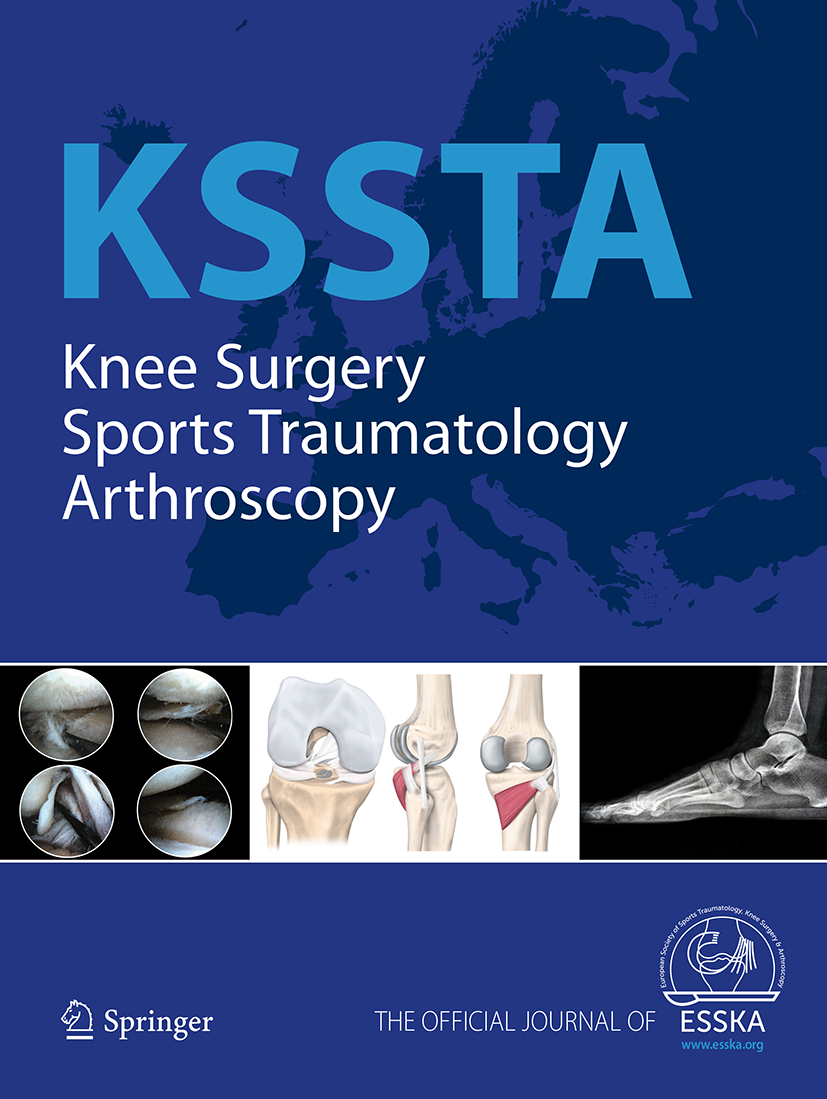
ACL reconstruction: Morphine–bupivacaine more effective than tramadol–bupivacaine

ACL reconstruction: Morphine–bupivacaine more effective than tramadol–bupivacaine
The comparison of intraarticular morphine–bupivacaine and tramadol–bupivacaine in postoperative analgesia after arthroscopic anterior cruciate ligament reconstruction
Knee Surg Sports Traumatol Arthrosc. 2012 Sep;20(9):1839-44. doi: 10.1007/s00167-011-1791-7. Epub 2011 Nov 24.Did you know you're eligible to earn 0.5 CME credits for reading this report? Click Here
Synopsis
60 male ASA I–II patients undergoing arthroscopic ACL reconstruction were included in this study to compare different postoperative analgesics. Patients were randomized to receive 10 mg morphine and 0.5% bupivacaine, 100 mg tramadol and 0.5% bupivacaine, or 20 ml isotonic saline. The results of this study indicated that intra-articular morphine and bupivacaine provide better pain relief, longer an...
To view the full content, login to your account,
or start your 30-day FREE Trial today.
FREE TRIAL
LOGIN
Forgot Password?
Explore some of our unlocked ACE Reports below!

Learn about our AI Driven
High Impact Search Feature
Our AI driven High Impact metric calculates the impact an article will have by considering both the publishing journal and the content of the article itself. Built using the latest advances in natural language processing, OE High Impact predicts an article’s future number of citations better than impact factor alone.
Continue



 LOGIN
LOGIN

Join the Conversation
Please Login or Join to leave comments.